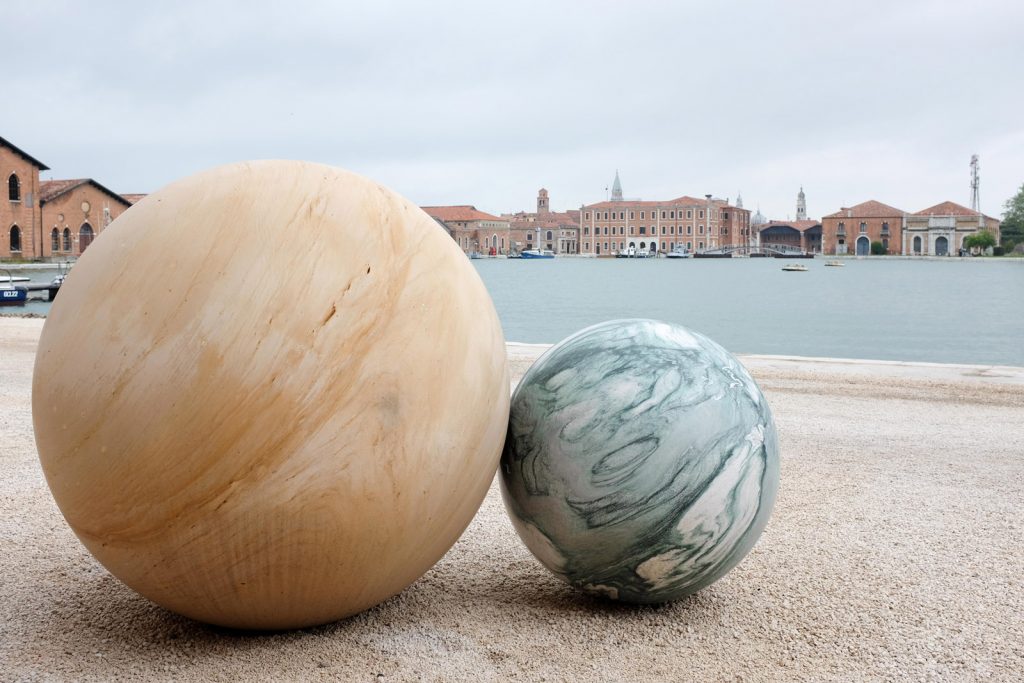The Encyclopedic Palace at Venice Biennale
The Book of Genesis as a graphic novel, plastic human sculptures, “Apollo Ecstacy” and more in our look at the 55th international exhibition

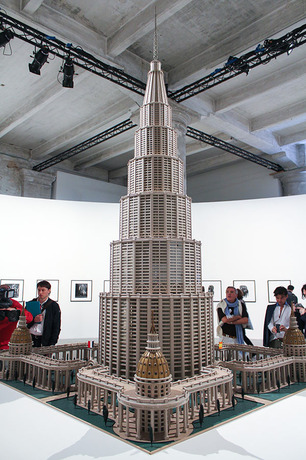
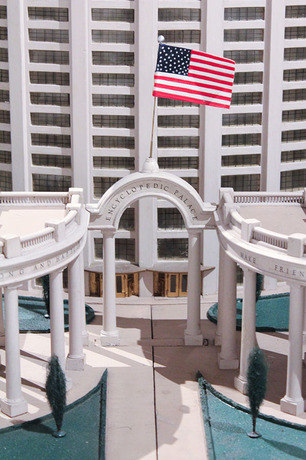
Since 1998, the
Venice Biennale of Art and Architecture is no longer a traditional exhibition of national artists, but is instead a real international showcase where the single invited countries are accompanied by a main exhibit, which has a different curator for each edition.
The main theme of the 55th International Art Exhibition is “Il Palazzo Enciclopedico” (“The Encyclopedic Palace”) and it’s the biggest proof of the abilities of curator Massimiliano Gioni, a prodigy of contemporary art and director of Fondazione Nicola Trussardi and NYC’s New Museum. The primal inspiration is the work of Marino Auriti who, in 1955, filed an incredibly ambitious project with the US Patent Office for an Encyclopedic Palace; a 136-story museum. Auriti’s idea was to build it in Washington DC, occupying an area of 16-square city blocks. The model of the building was shown in a couple of exhibitions and then forgotten in a warehouse. Today it magnificently opens the exhibition at Arsenale.
“Auriti’s plan was never carried out,” states Gioni, “but the dream of a universal, all-embracing knowledge crops up throughout the history of art and humanity, as one that eccentrics like Auriti share with many other artists, writers, scientists, and self-proclaimed prophets who have tried—often in vain—to fashion an image of the world that will capture its infinite variety and richness. Today, as we grapple with a constant flood of information, such attempts seem even more necessary and even more desperate.”
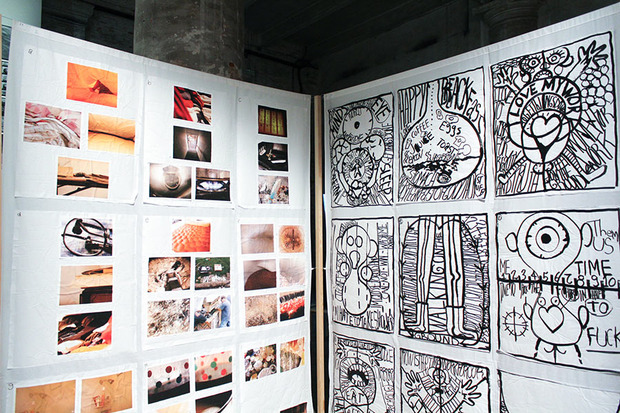
Repetition, obsession, collection, constance: these are the keywords of Gioni’s vision of art, explained through the work of 150 artists from 38 countries. On display we’ve found works of living artists, both emerging (like Helen Marten) and established (like Paul McCarthy), but also historical pieces and works that do not pretend to be actual works of art. The final result is an incredibly precise reconstruction of the contemporary visual zeitgeist, where everyone can create art and realize creative projects, with a camera or with a diary, with a collection of objects or with photographs, with a paper notebook or with an app.

Are comics a form of art? The answer is yes and Robert Crumb (known for Fritz the Cat) is at La Biennale with his most ambitious work—a graphic novel about the entire book of Genesis. All 50 books are presented with the original tables, framed and aligned in a totally white environment.
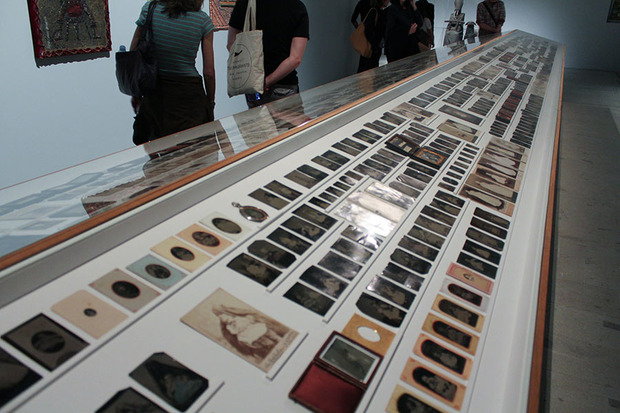
A perfect example of obsessive accumulation is “The Hidden Mother,” a series of almost 1,000 commercial and amateur pictures of babies that Linda Fregni Nagler collected between 2006 and 2013.
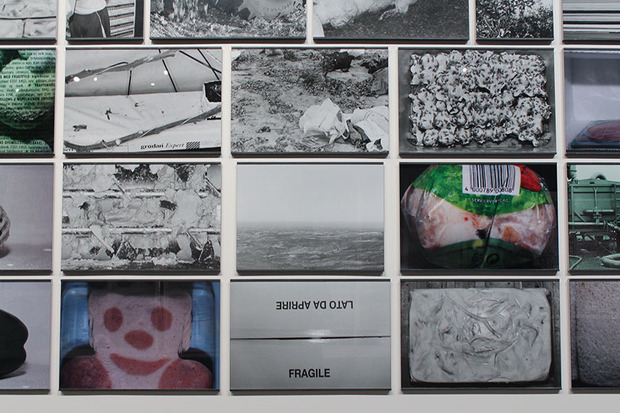
German artist and self-taught photographer Michael Schmidt spent four years of his life investigating industrial production of food throughout Europe. The series “Lebensmittel” (which translates to “Food”) is a photographic documentation of those processes.
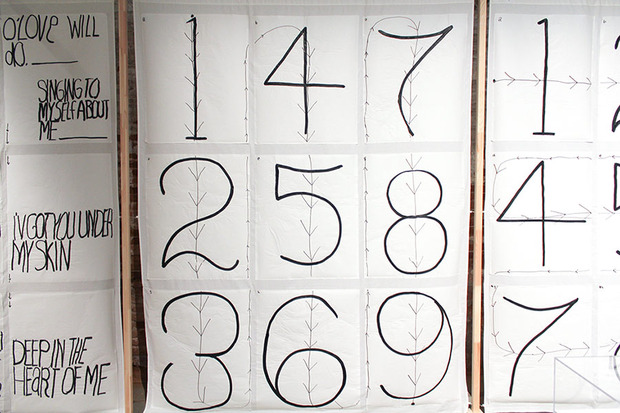
Maps, plans, collages, numbers and symbols are Matt Mullican‘s mania. His work also includes performances aimed to explore his own psyche. “Untitled (Learning form that Person’s Work)” is a sort of labyrinth where grotesque sounds and human voices create an abstract and intense atmosphere.
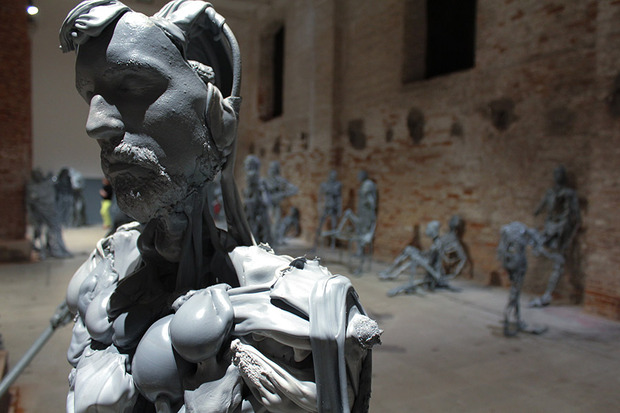
An entire room in the area of Arsenale is populated by 80 plastic sculptures by Polish artist Pawel Althamer. “Venetians” is based on molds of faces of real Venetians, whose bodies are then reproduced with gray plastic wires and castings. The effect is magnificent and scary at the same time.
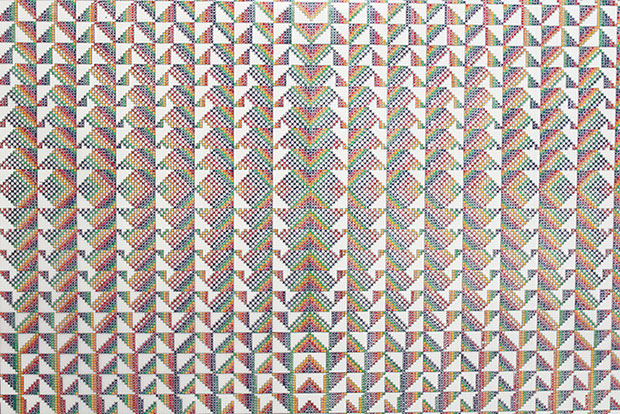
Channa Horwitz‘s work is based on repetition and geometry. Since the ’60s her artworks have used a numeric progression from one to eight, so to graphically reproduce rhythm and time in movement, combining science and art on a very small scale.
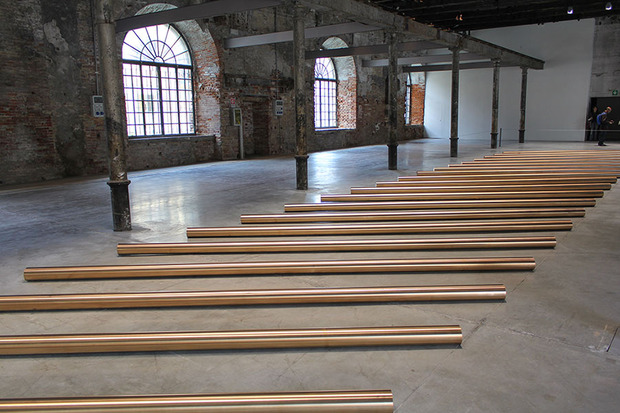
A similar constant rigor can be found in Walter De Maria‘s “Apollo’s Ecstasy,” even though the final effect is majestic and solemn. Apollo symbolizes reason, form and classification, all of which are found in these bronze essential sculptures.
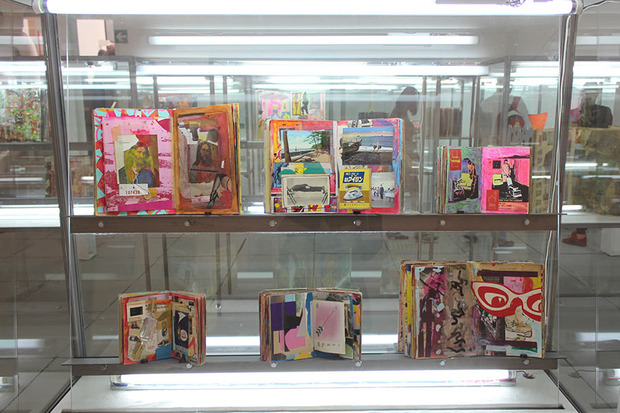
The saturation of information is well symbolized by the “Scrapbooks” series by Shinro Ohtake. In 1977 he started creating a collection of books, full of ready-made materials, particularly from magazine and newspapers. In the process, he paints and writes on them and the pages become so encrusted that they almost resemble actual sculptures.
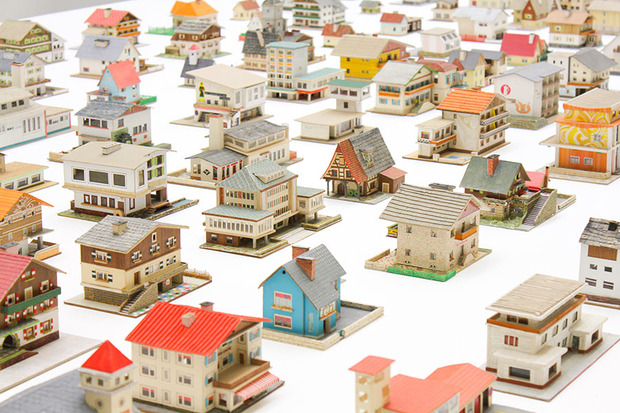
Artist Oliver Croy and critic Oliver Elser present a large collection of paper and cardboard houses. In 1993 they found these models in a junk shop and then discovered that the author was Peter Fritz, an employee at an insurance company. “The 387 Houses of Peter Fritz” is a simple presentation of this mysterious treasure, of which it is almost impossible to find information on the origins, scope and inspiration.
The Venice Biennale’s 55th International Art Exhibition is open now to the public and runs until 24 November 2013.
Images by Paolo Ferrarini

